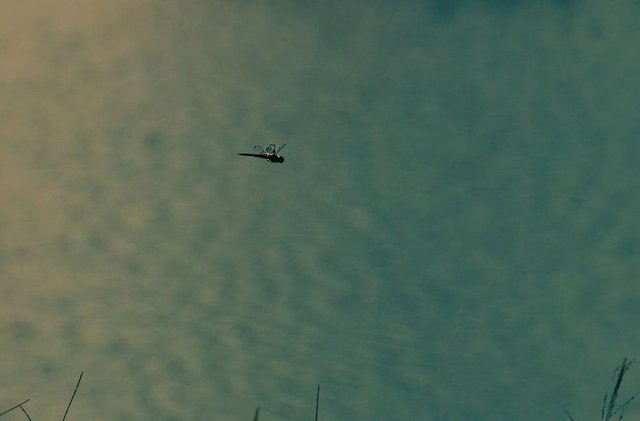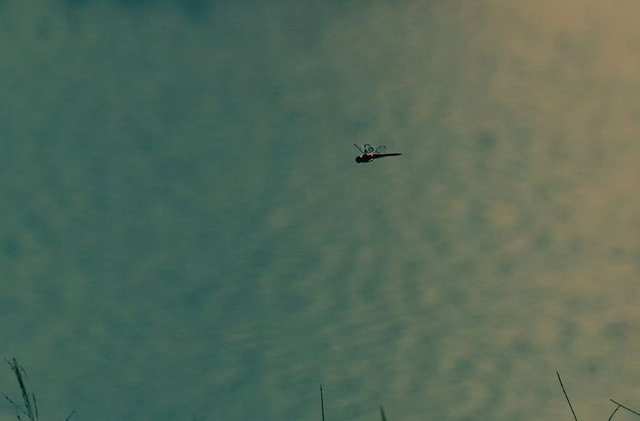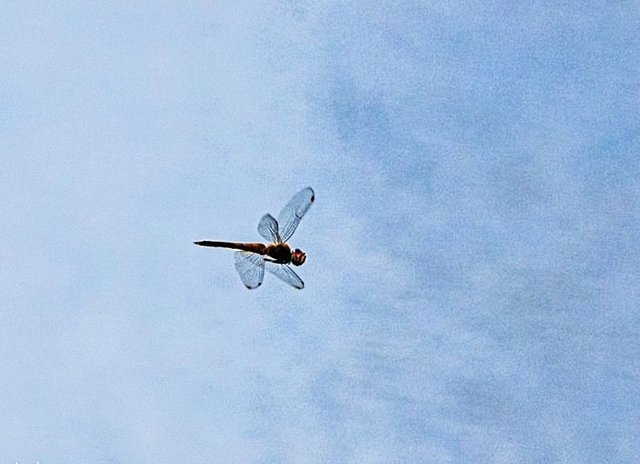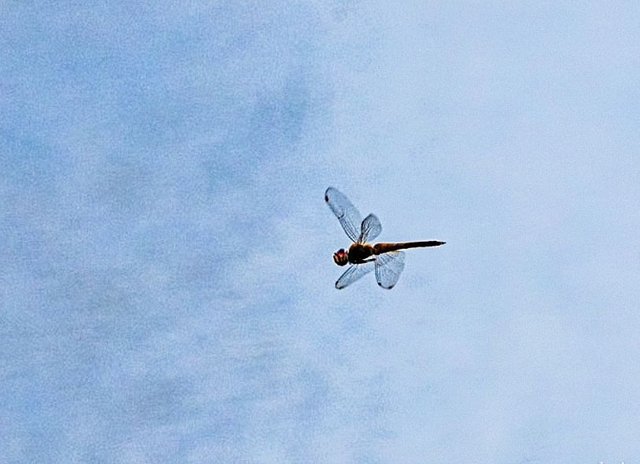Butterflies are one of the most enchanting and delicate creatures in the natural world. Known for their vibrant colors, graceful flight, and fascinating life cycle, these insects have long captured the imagination of humans. They belong to the order Lepidoptera, which also includes moths, and there are over 17,000 known species of butterflies scattered across the globe, inhabiting various ecosystems from tropical rainforests to temperate woodlands, and even urban gardens.
Life Cycle and Transformation
One of the most intriguing aspects of butterflies is their metamorphic life cycle, a process of transformation that symbolizes change, renewal, and hope in many cultures. The butterfly's life begins as an egg, typically laid on a plant that will serve as food for the larva, or caterpillar, once it hatches. The egg is tiny, often no larger than the head of a pin, but within it, the embryo develops into a caterpillar.
When the caterpillar emerges, it embarks on a feeding frenzy, devouring leaves and growing rapidly. As it grows, the caterpillar molts several times, shedding its skin to accommodate its expanding body. Despite its rather plain appearance during this stage, the caterpillar is preparing for the most dramatic transformation in nature.
After reaching a certain size, the caterpillar stops eating and forms a chrysalis, also known as a pupa. Inside this cocoon-like structure, the caterpillar undergoes a remarkable transformation called metamorphosis. Its body dissolves into a soupy mixture of cells, and these cells reorganize to form the adult butterfly. When the butterfly is ready, it emerges from the chrysalis, its wings still soft and crumpled. Within a few hours, the wings dry, harden, and are ready to take flight.
Wing Structure and Color
Butterflies are known for their stunning wing patterns and colors, which are produced by tiny scales covering their wings. These scales reflect light in various ways, creating vivid colors and intricate designs. The colors serve multiple purposes: camouflage, mating displays, and warning signals to predators that they may be toxic or unpalatable.
Some species, like the monarch butterfly, have bright orange wings with black and white markings, signaling to predators that they are toxic due to the milkweed plants they consumed as caterpillars. Other species, such as the blue morpho of the Amazon rainforest, have iridescent blue wings that create a dazzling effect in flight, confusing predators.




